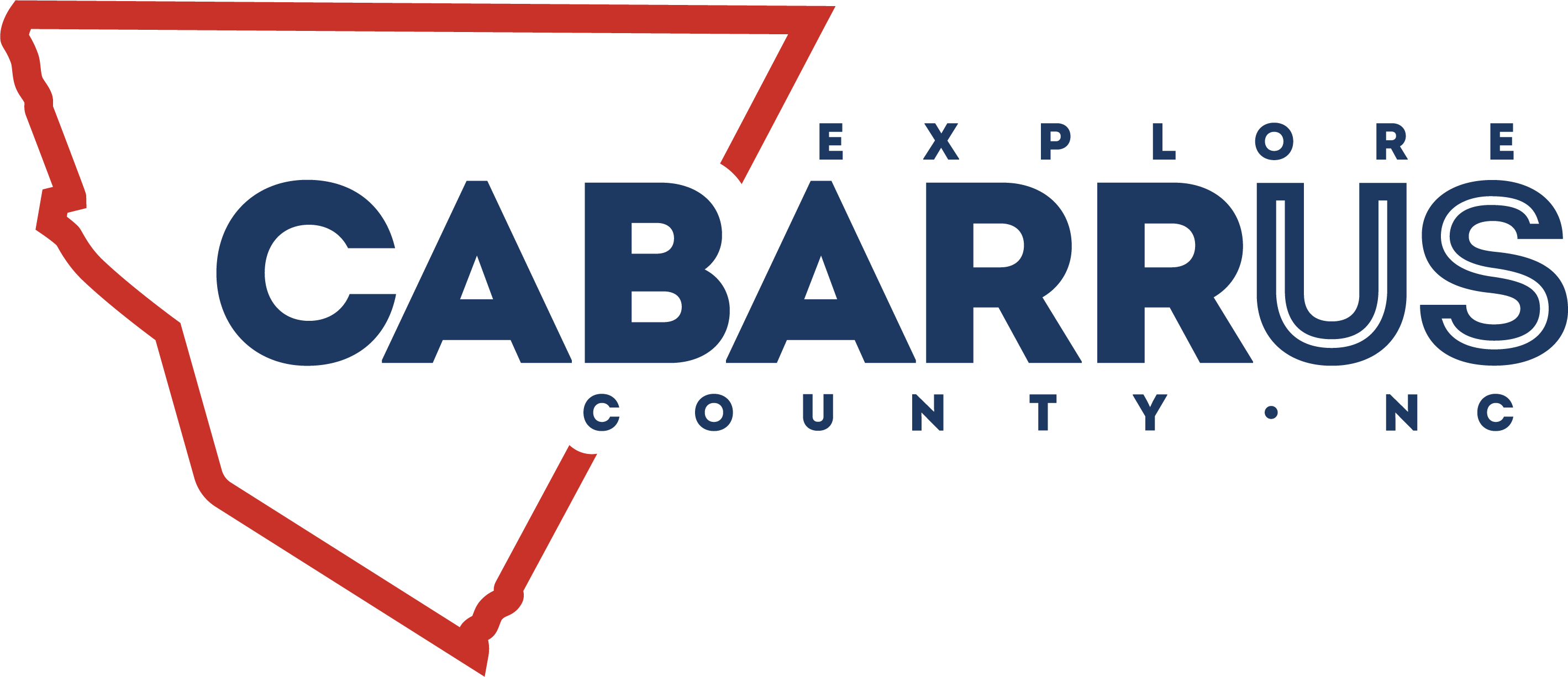Embassy Suites Concord Signed as Official Host Hotel for 2009 ITU Duathlon World Championships
November 20, 2017Work Resumes on Concord Project
November 20, 2017Sports only four-lane drag strip built on breakneck schedule
(March 25, 2009) Charlotte, NC – If you think the souped-up cars are fast at the zMax Dragway in Concord, check out the venues construction schedule.
The architect, engineers and builder burned rubber for eight months to turn an undeveloped tract at Lowes Motor Speedway into a National Hot Road Association-sanctioned facility. Before construction began in earnest, the project became embroiled in controversy. The Concord City Council withheld approval after workers had begun clearing the land. The uproar prompted Bruton Smith, chairman of developer Speedway Motorsports Inc., to threaten to move the entire operation out of the county. The threat worked the council relented and Smith returned to the project.
The speedway unveiled plans in February 2008 for the quarter-mile drag strip, which was set to open in time for the inaugural NHRA Carolinas Nationals on Sept. 11-14. The new facility would host round 19 of a 24-race NHRA series. By the time of the announcement, designers had been at work for two months creating a design that would wow visitors and circuit officials alike.
In this industry you live and die by race dates on the schedule, says Wes Jones, principal at ai Design Group. The firm has drawn a number of racing facilities for Speedway Motorsports, including projects at Bristol Motor Speedway and Las Vegas Motor Speedway. Its not like you can say, Well, we almost made it, because youve got 160,000 people showing up.
Clearing 125 acres across U.S. Highway 29 from the 1.5-mile speedway started while design was under way. Crews moved 1 million cubic yards of dirt to create a super-flat track, pit areas and a midway. The design also called for a 34,000-square-foot starting-line tower with 16 luxury suites and 4,000 square feet of roof access for guests. The tower includes a control area for race officials, broadcast booth and press box. Some 65,000 tons of crushed stone formed the base and 50,000 tons of asphalt were needed for paving. Wes Harris, vice president of development at Speedway Motorsports, says the NASCAR track has hosted drag racing events in the past. But he says it was an honor for the sanctioning body to ask LMS officials if theyd like to host NHRA races. Thats kind of like the NFL coming to you and saying, Wed like to see you guys have a team, Harris says.
SMI responded by creating what it believes is the sports only four-lane drag way. While running four cars simultaneously is not yet sanctioned by the NHRA two cars is the standard such competitions could figure in the future of the sport. Other cutting-edge features of the project include the visual horsepower of the control tower. Speedway officials wanted a striking structure, but it had to be built quickly. Contractor Choate Construction Co. suggested a building with a combination of tilt-up concrete, which could be erected quickly, along with traditional steel-frame construction for a fast and cost-effective design. The suggestion that we change the structure to tilt-up concrete probably gave us the edge in getting the job awarded, says John Dudas, Choate vice president. That idea saved $200,000 and cut a month out of the schedule.
Architect Jones likens the control towers design to a soft-drink can split down the center and tilted toward the entrance to the drag way. The front of the building was constructed with concrete panels. To add texture to the exterior, perforated stainless steel screens were installed. The screens can be lit at night for dramatic effect. We wanted to use steel to be evocative of the handcrafted racing machines the dragsters make, Jones says. This is a sport where they run the car, tear down the engine and rebuild it in one hour to run again. Acoustic engineers lent a hand in mitigating noise to pacify nearby home-owners. Towering grandstands that flank the quarter-mile strip help contain the sound. Along the west end, a series of billboards also serve as sound barriers. To meet schedule demands, Choate tackled the project as three separate parts, with crews dedicated to each of the grandstands and the control tower. The grandstands have a seating capacity of 30,000 with room for expansion to 60,000.
Charlotte Business Journal – by Laura Williams-Tracy Contributing writer



